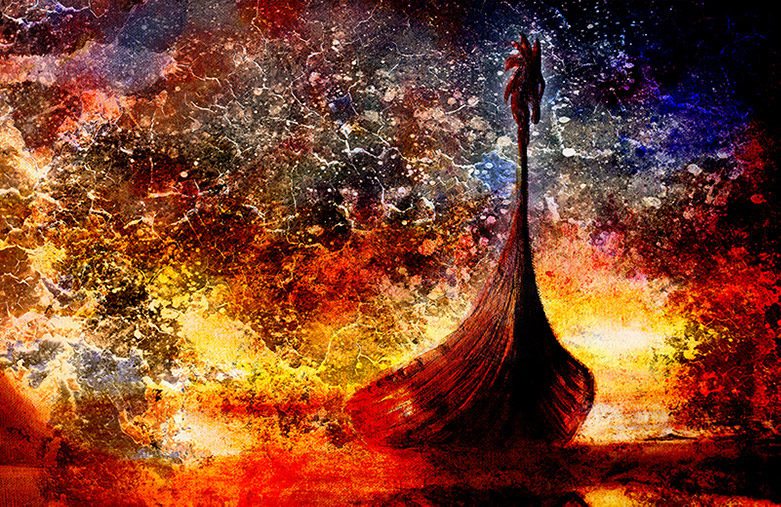Join us on our quest to separate myth from reality in our search for the perfect journey into the afterlife.
We all know Viking funerals, right? We’ve seen it on screen: a body – generally the size of a small mountain, with a beard long and lush enough to house a colony of dippers – is lain out on a boat filled with its owner’s belongings, which are all launched together out to sea.

Then…a flaming arrow is fired high into the sky landing perfectly on the ship. It instantly ignites, cremates the remains and send the chieftain on his way to Valhalla.
Or maybe not.
